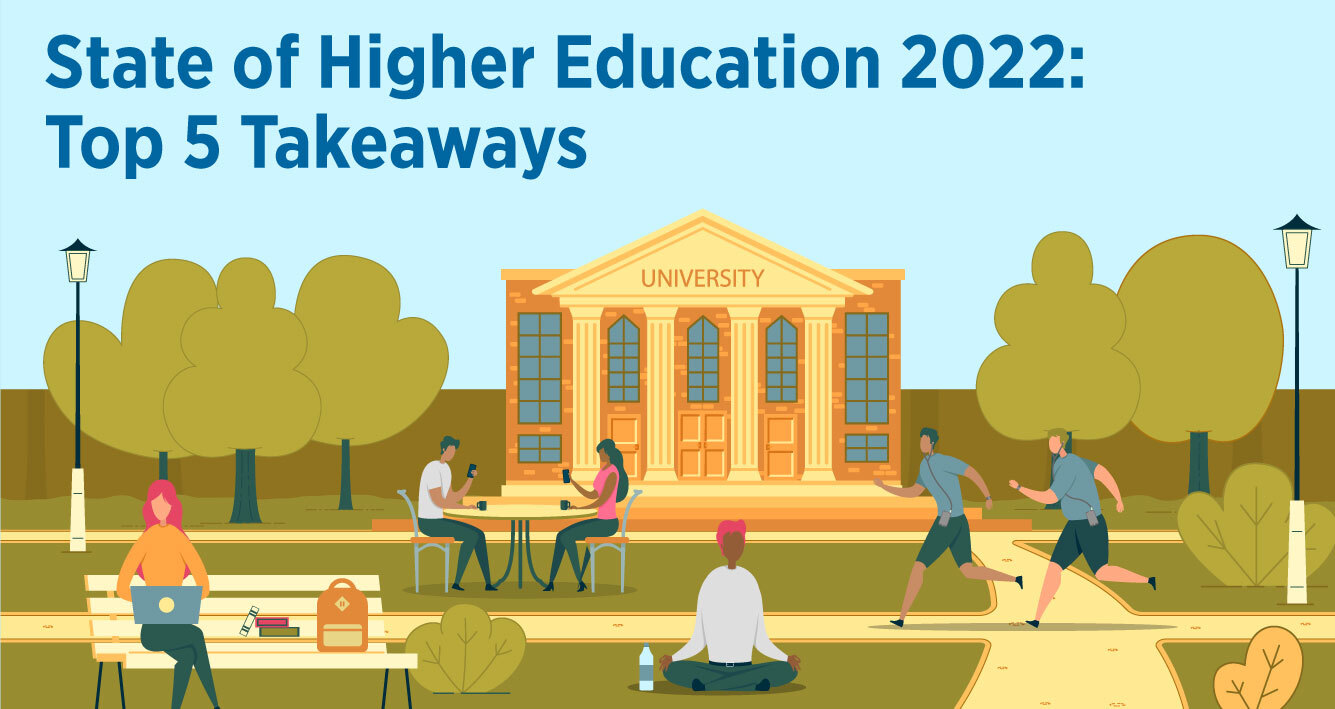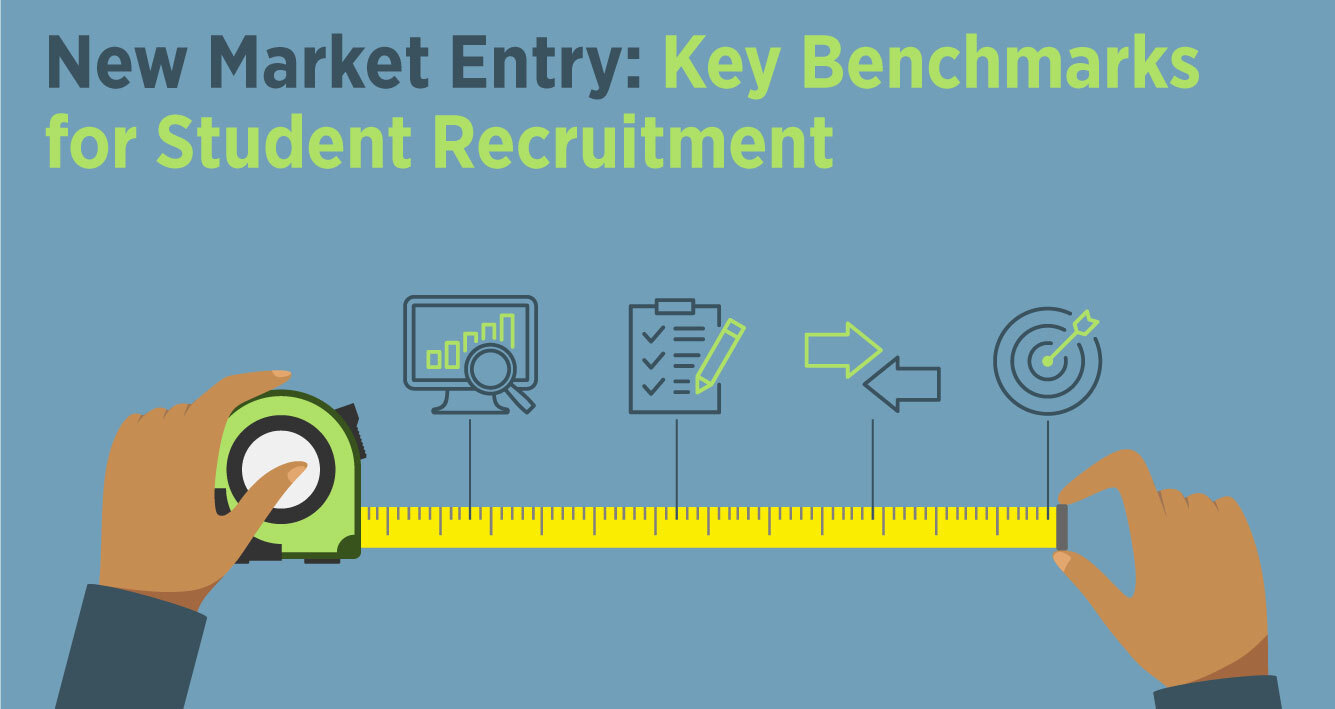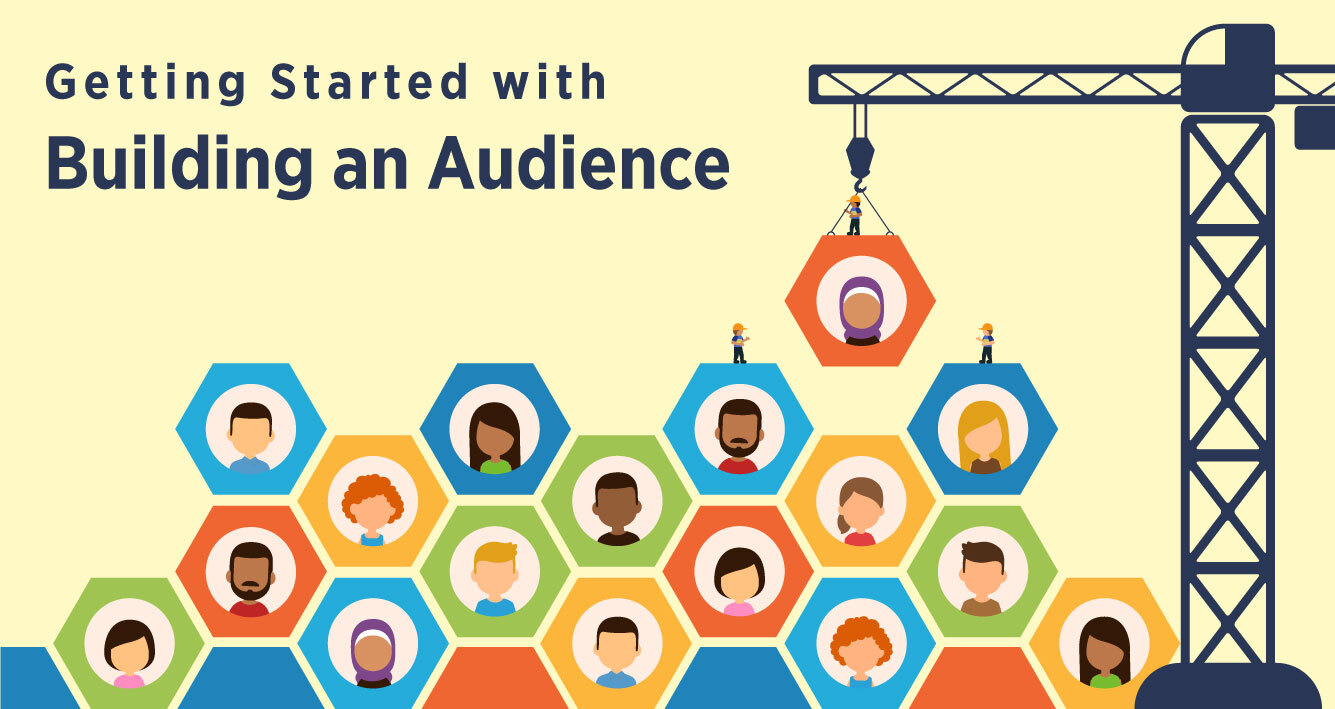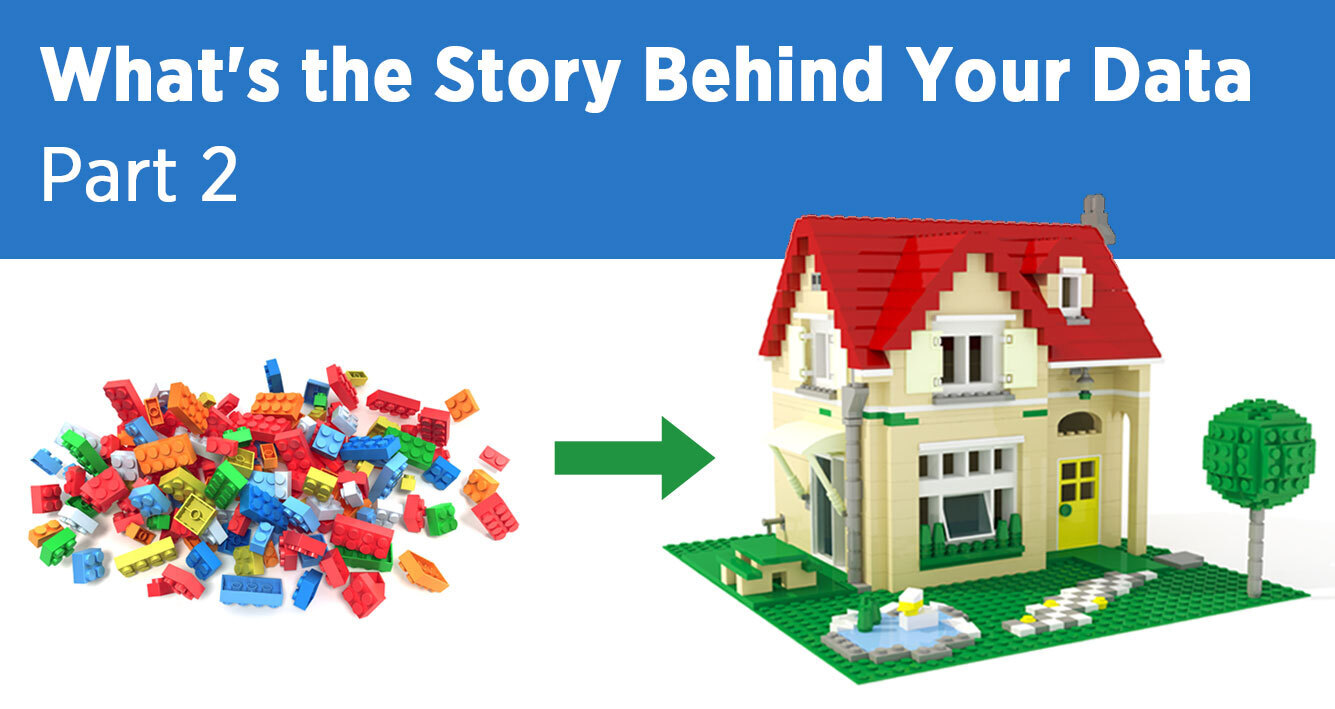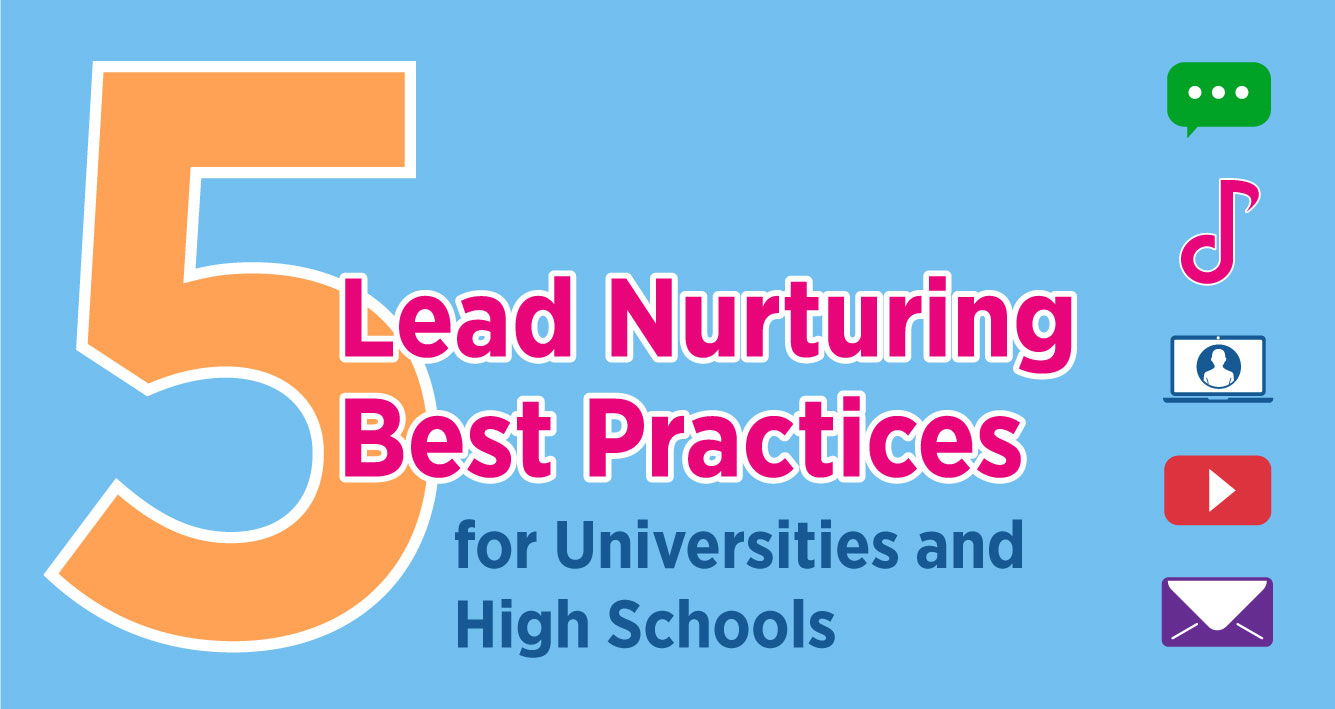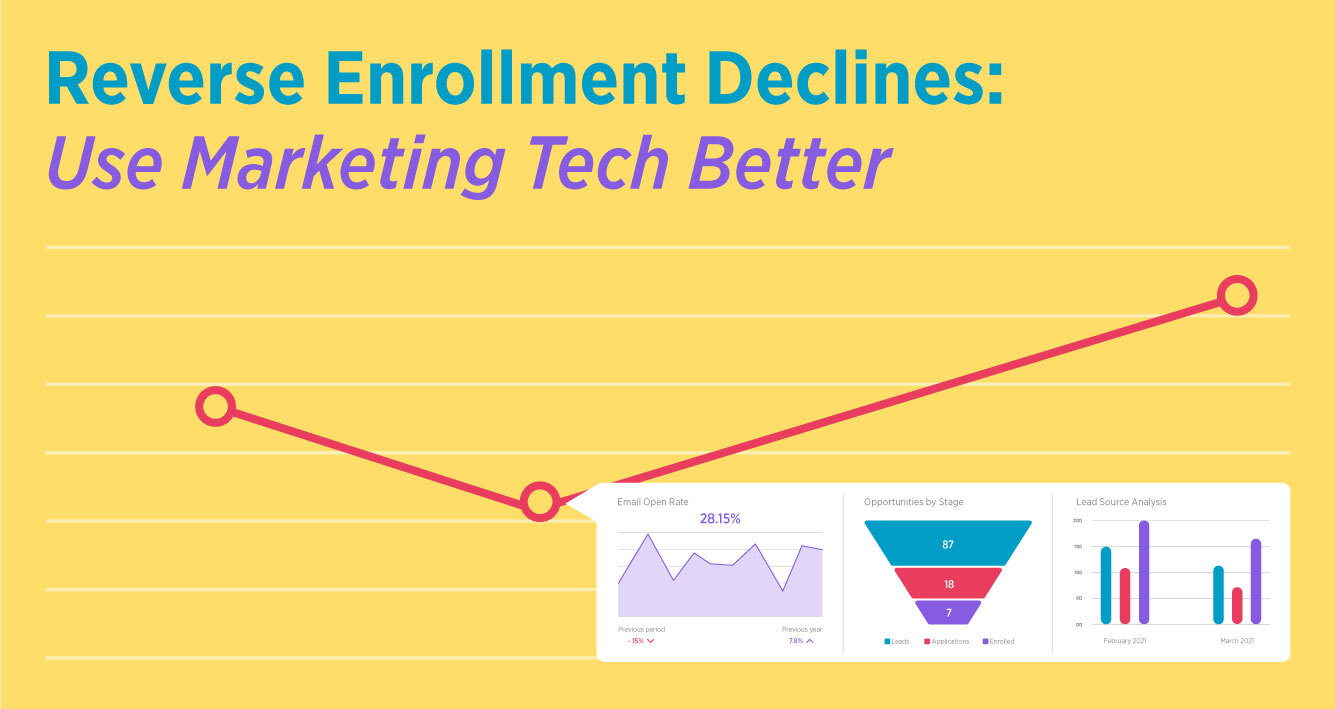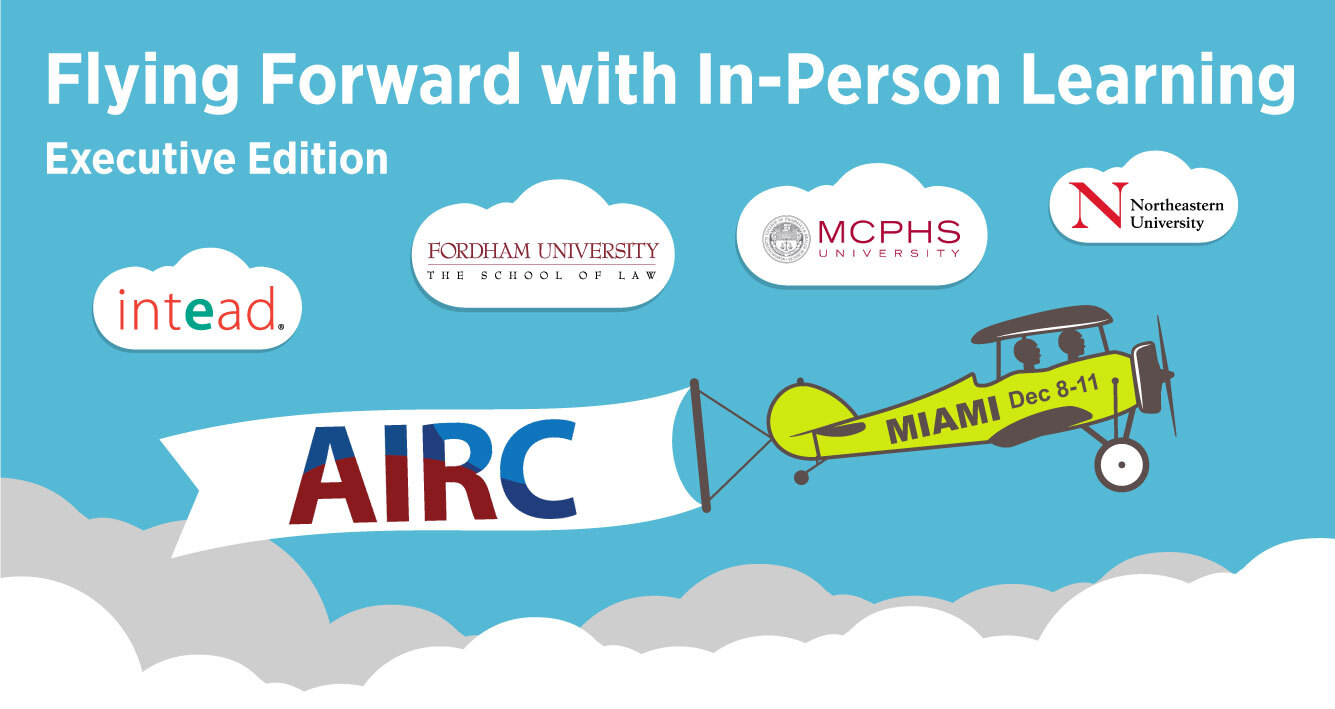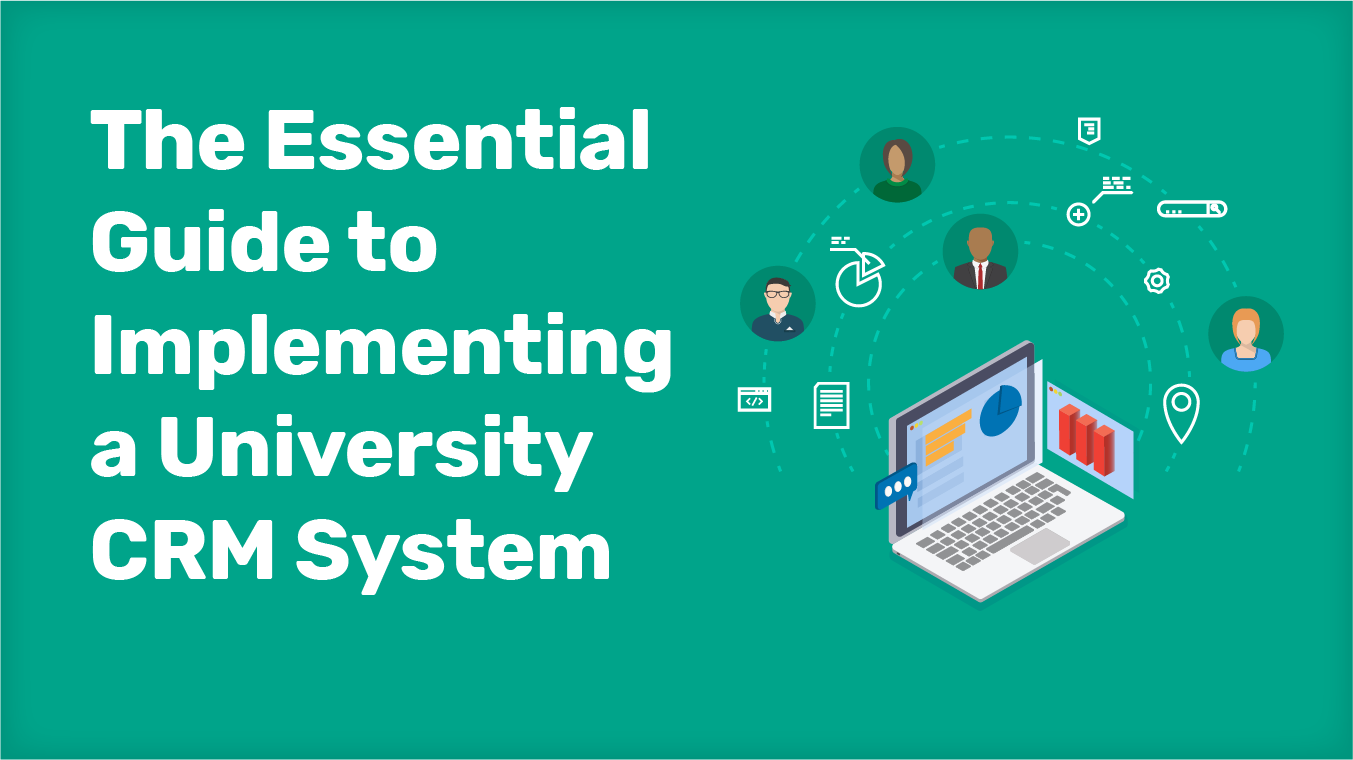Your campus may feel a little cozier this fall as housing units start to fill up again. Welcome news, right?
The enrollment dip we’ve been living through could rebound to pre-pandemic levels, meaning we may see nearly 1 million more enrolled students aged 18-24 in 2022 than in 2021. This is according to analytics giant Gallup.
Likely your team is seeing a positive shift in inquiry and applications. (No? Then be in touch).
The big question still is whether all that activity results in actual enrollments. There is reason to be skeptical at many institutions.
In Gallup’s recently issued The State of Higher Education 2022 Report, done in partnership with Lumina Foundation, we see some interesting results. The central goal of their work: to help inform institutions how to better support current and prospective students. The survey included adults aged 18+ who have completed high school and are living in the US.
Many survey participants are currently pursuing a degree, others unenrolled from their certificate or degree program since Covid. Many others are prospective students who never enrolled in a certificate or degree program after high school.
We are thrilled to have these insights in advance of #NAFSA22 to inform our discussions with all of you. If you’ve not yet scheduled a meeting with us at the conference, please be in touch quickly. Our schedule is nearly filled up. You’ll be receiving a summary of our 4 NAFSA don’t-wanna-miss-em presentations by email.
From Gallup, we took special note of the finding that despite the many (many) disruptions caused by the pandemic, US adults (aged 18-29) remain interested in pursuing higher education. There have been many stories of the growing anit-higher ed sentiment. So how do we lock in on those with high intent?
If you haven’t read the report, it’s one you won’t want to miss. Read on for a link to the report and the top 5 takeaways we think will be the most valuable to your team…
Read More
